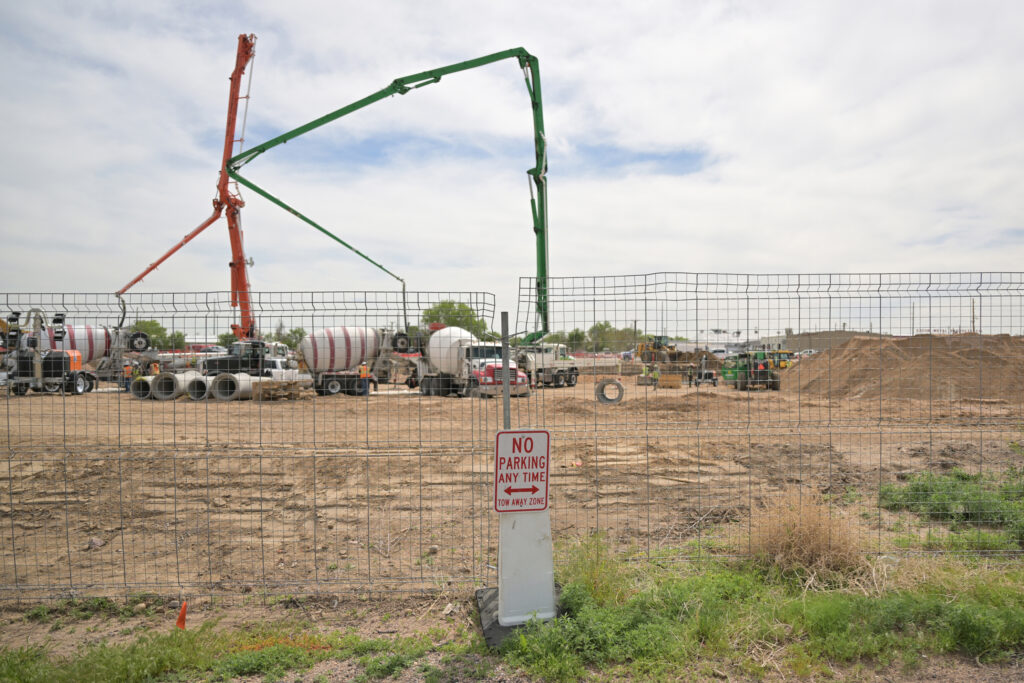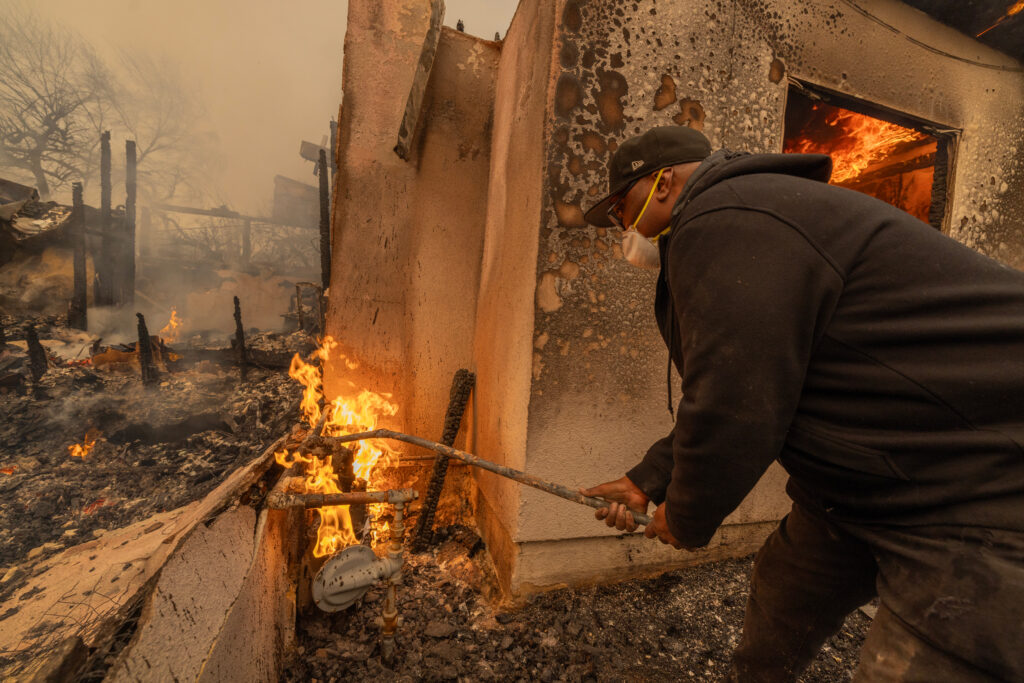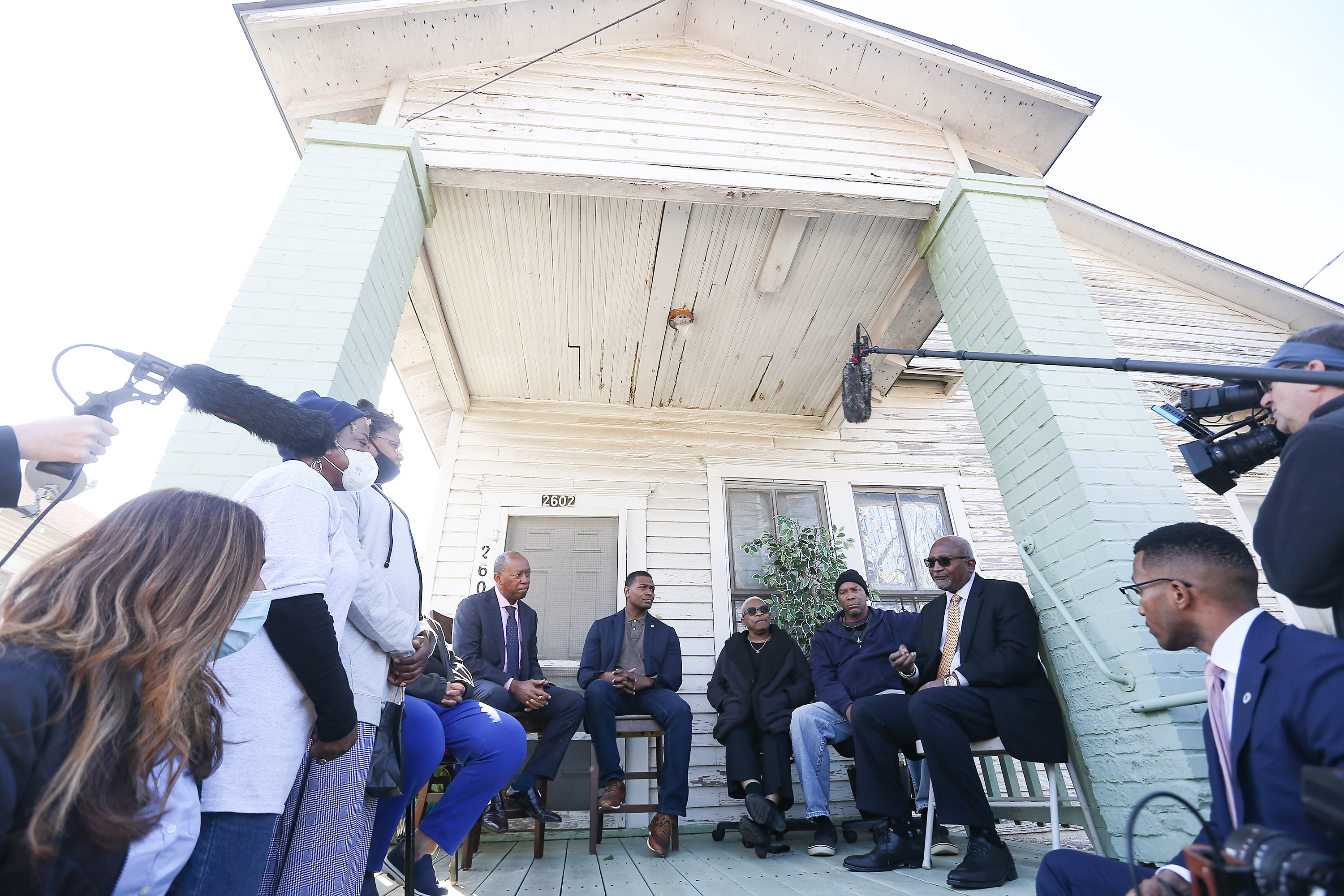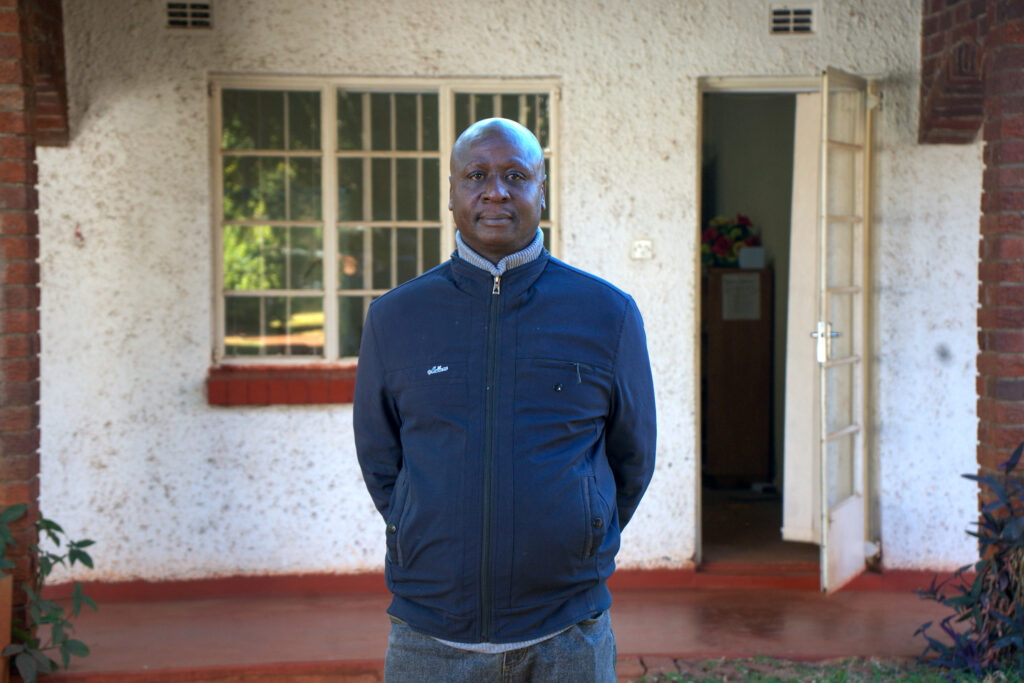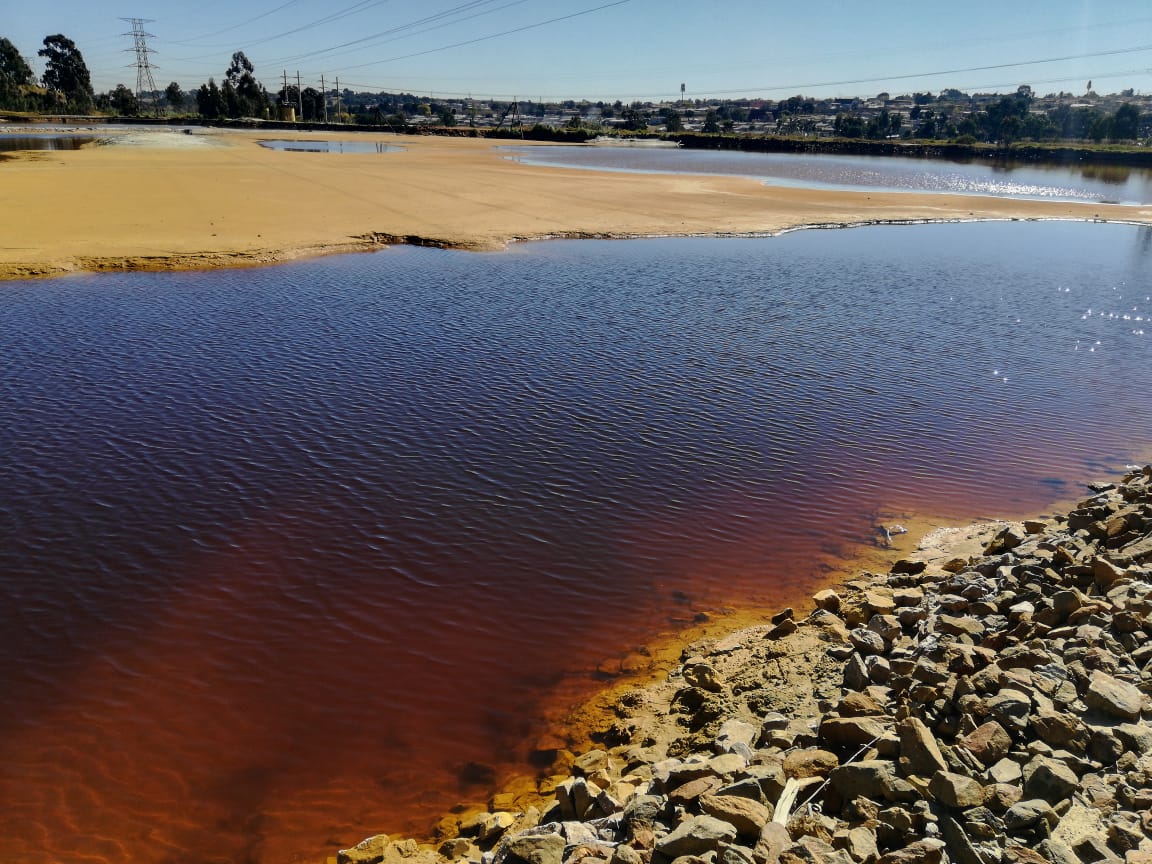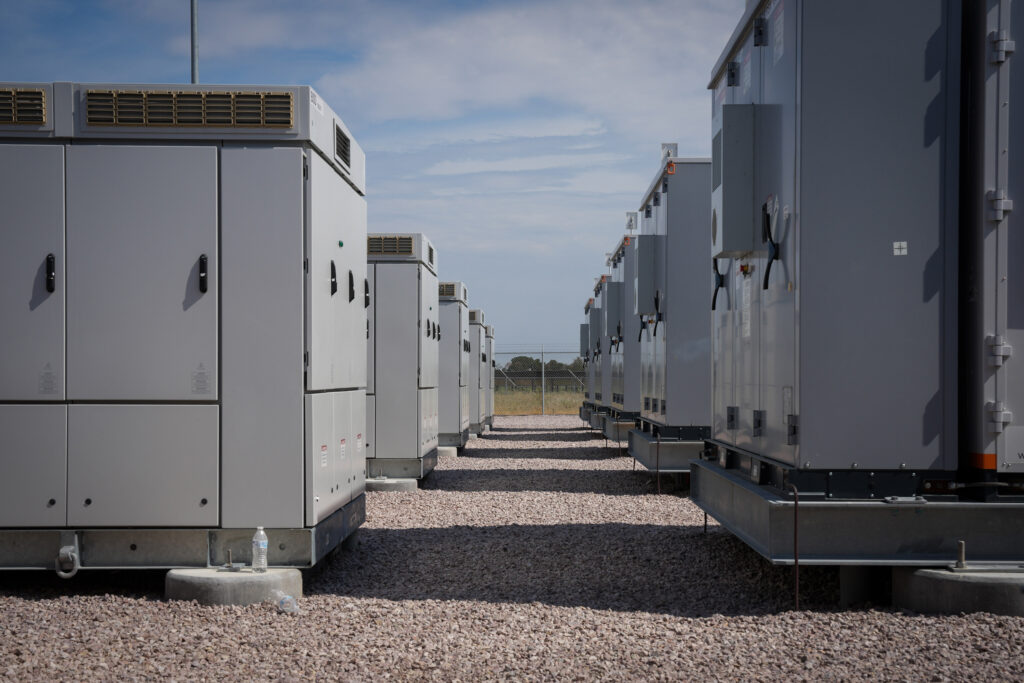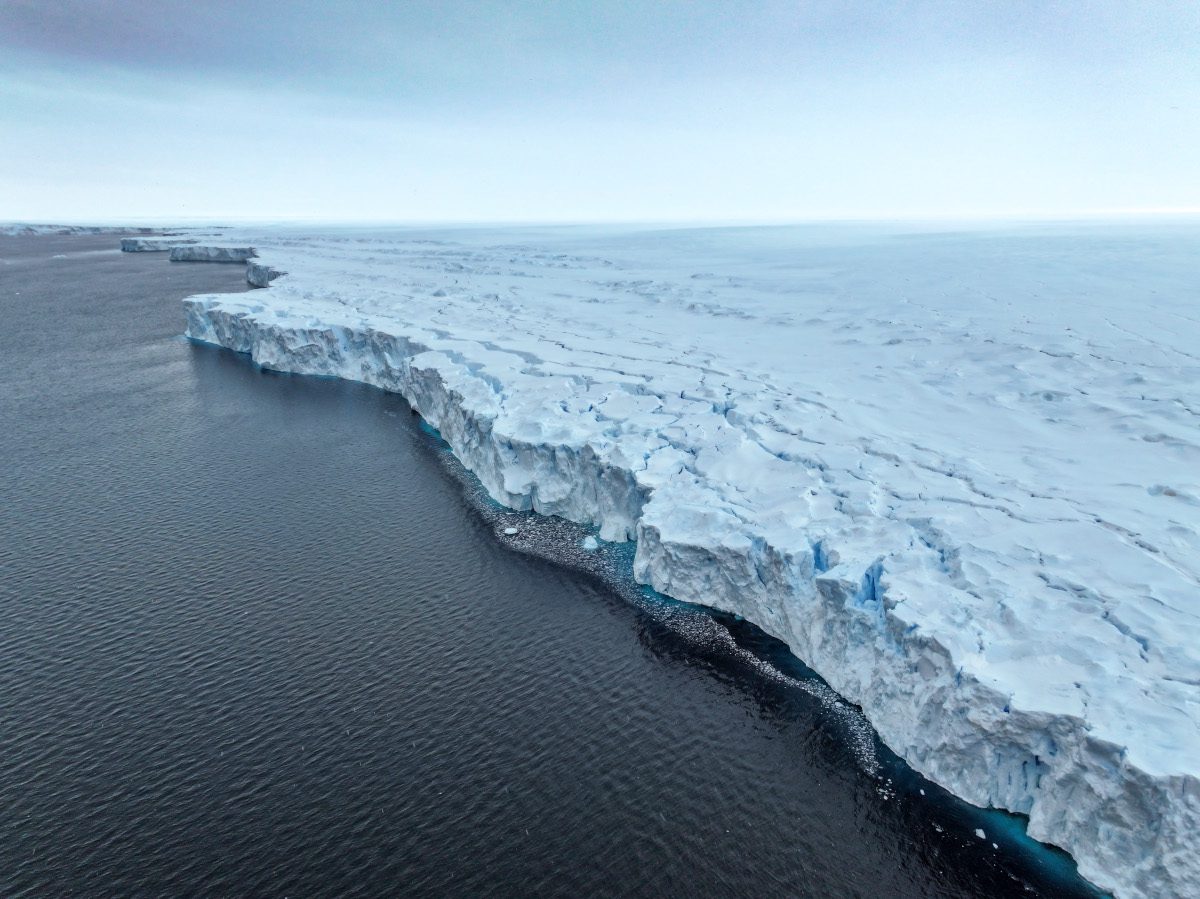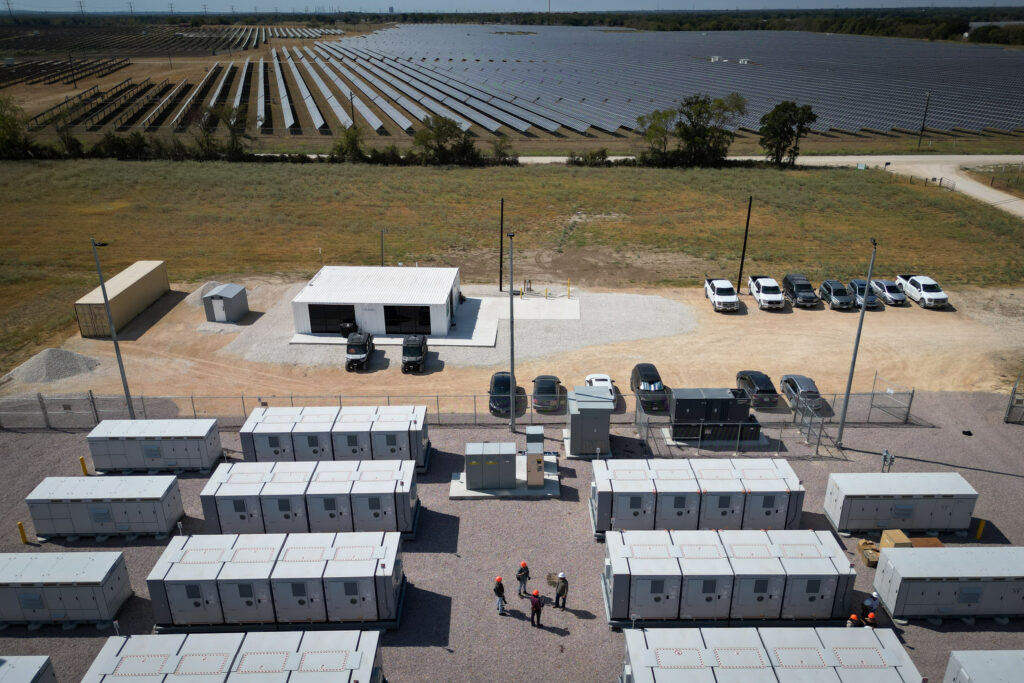CLEVELAND—The ailing Cuyahoga river, bloated with industrial pollution, erupted into flames reaching as high as a five story building on June 22, 1969. The river, one of several heavily polluted waterways that feed Lake Erie, had caught fire at least a dozen times over the course of a decade, the horror of which helped spark the nascent U.S. environmental movement, leading to the enactment of landmark legislation like the 1972 Clean Water Act.
Fast forward nearly a half century to 2014, when Lake Erie, after having endured decades of pollution from industrial, agricultural and other human activities, was stricken with toxic algae blooms so intense that roughly 500,000 people living near the lake lost access to drinking water for three days. Those residents were left questioning what fifty years of environmental laws actually protected: ecosystems or industry’s right to pollute.
Such are the bookends of Andrea Bowers’ new “Exist, Flourish and Evolve” exhibition at the Museum of Contemporary Art in Cleveland (MoCa), showing now through May 26.

Bowers, an Ohio native and internationally-acclaimed artist, named the exhibit for three of the legal rights that activists enshrined into a 2019 law known as the Lake Erie Bill of Rights. The idea was, in part, to level the legal playing field between the interests of the lake, on one hand, and those of industry, on the other.
Ecuador, Panama, Bolivia and Spain are some of the countries where lakes, rivers, forests, wild animals and Earth itself have been recognized as rights-bearing entities. The so-called rights of nature laws typically provide a higher form of protection than conventional environmental regulations and usually give human legal guardians the ability to enforce the rights on behalf of rivers, forests and wild animals.
Exist, Flourish and Evolve provokes visitors to confront philosophical arguments behind the rights of nature movement: principally, that nature is not a thing, or merely human property as conventional law treats it. Rather, Earth and its ecosystems are complex living communities to which humans belong. Modern science confirms this fact and legal systems ought to catch up to that reality, advocates argue.
The exhibition takes place across two locations. The first, a giant red, green and blue neon sculpture installed outside Cleveland’s lakefront Great Lakes Science Center and the Rock and Roll Hall of Fame declares: “Lake Erie Has the Right to Exist, Flourish, & Naturally Evolve.”
The second, at MoCa, holds Bowers’ drawings, additional neon light installations, a documentary film and activists’ posters and campaign paraphernalia, including a sign boldly asking the question: “If Corporations Have Rights, Shouldn’t Mother Nature?”


In between displays of Bowers’ drawings are photographic images of the 1969 Cuyahoga fires and algae blooms of the 2010s, raising questions about the effectiveness of environmental protection efforts in the intervening years. Nuclear power plants, offshore wind farms, and factory farming are some of the region’s other industrial activities highlighted throughout the exhibit.
For Bowers, who grew up splashing in Lake Erie’s waters, working on Exist, Flourish and Evolve has been deeply personal. Her first word was neither mom nor dad, but “lake,” and her family lived closely to the land with her father, an avid fisherman and hunter, running the police boat on the lake.
A quintessential advocate, Bowers is known for using her art to amplify the plight of feminists, Indigenous communities, environmentalists, immigrants, workers and others. She spends lengthy periods of time in the field with activists, learning about their work and how she can be of service to their cause. She’s embedded with Indigenous communities at Standing Rock and was arrested in 2011 alongside fellow activists for “tree sitting” in protest of the razing of trees in her current home town of Los Angeles.
“I always ask the simplest question which is, ‘How can my art be in service to you?’” Bowers said of her approach to working with other activists. “They are the driving force in terms of content and I try to create and use my access to institutions to bring attention to their issues.”
For Exist, Flourish and Evolve, Bowers teamed up with the U.S.-based nonprofit Community Environmental Legal Defense Fund (CELDF), an organization that helped enact the world’s first rights of nature law in 2006 in a rural Pennsylvania town.
Bowers spent most of 2019 talking with CELDF’s consulting director Tish O’Dell and learning about the organization’s thwarted efforts to make U.S. rights of nature laws more than symbolic—despite nearly 20 years of effort, no U.S.-based rights of nature law has been enforced. Courts have struck down the laws on a variety of grounds, including state law preemption.
O’Dell explained to Bowers how 61 percent of Toledo voters, fed up with toxic algae blooms and other environmental degradation, enacted the Lake Erie Bill of Rights (LEBOR) into law in February 2019, and how a day later, an industrial farm challenged the constitutionality of the law. In February 2020, a federal court in Ohio struck down LEBOR, reasoning that it was unconstitutionally vague and exceeded the authority of a municipal government.


Since then, O’Dell and her CELDF colleagues have entered a period of reflection, wondering how to advance their movement in light of the roadblocks erected in U.S. legal and political systems. Working with Bowers and learning about the power of art, O’Dell began riffing on a longstanding question in the legal world: does law influence the culture, or does culture influence the law?
“We had been so focused for so long on using the law to change our culture,” O’Dell said. “Andrea gave us a different way of thinking about organizing and how we can use cultural change to shift mindsets and use that to shift the laws.”
And so CELDF, in partnership with Bowers, rolled out a two-phase “Truth, Reckoning, and Right Relationship” conference in late 2023 and April 2024. The fall 2023 meeting at the Rock and Roll Hall of Fame convened doctors, lawyers, activists, Indigenous people, students and others to reckon with how existing legal, political, educational, economic and cultural systems have contributed to the “ill health” of the Great Lakes. A gathering in April 2024 will focus on how, beyond changing laws, humanity can come back into “right relationship” with those ecosystems.
“Maybe then we won’t need laws to instruct us to not poison ourselves,” O’Dell said.
Still, she and her CELDF colleagues have not given up on their work in the legal realm. In March 2022, New York state Assemblyman Patrick Burke, with the help of CELDF, introduced the Great Lakes Bill of Rights, aimed at “securing legal rights” for the Great Lake’ ecosystems. The bill is pending in committee, with Democrats currently in control of the legislature and governorship.
As exhibit attendees exit Exist, Flourish and Evolve, a final neon and painted installation underscores that unfolding effort in bold letters: “The Great Lakes Ecosystem Shall Possess the Inalienable and Fundamental Rights Not to be Owned or Privatized or Monetized.”








